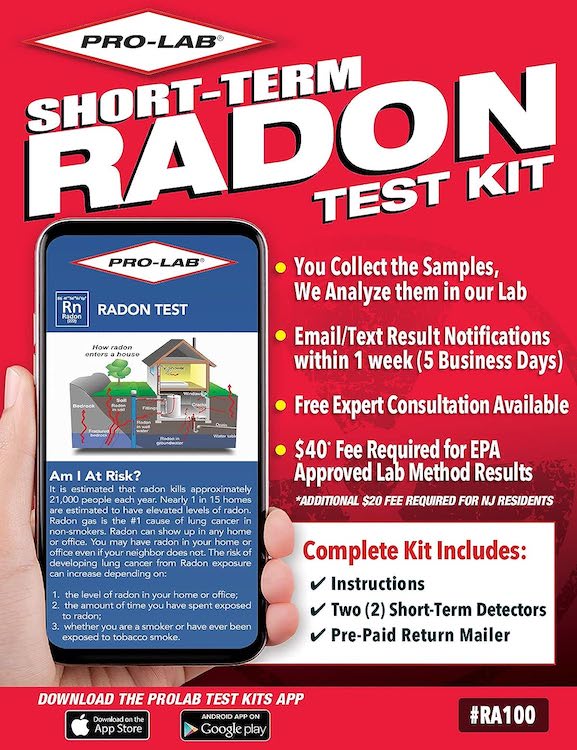Radon, a radioactive gas, is an unseen and often overlooked health risk that could be present in your home. Despite your best efforts to maintain a healthy lifestyle, this silent danger could be undermining your health without your knowledge.
How Radon Gets Into The Home
Radon is a byproduct of uranium decay, a natural process occurring in rocks and soil. This gas is colorless, odorless, and tasteless, making it impossible to detect without specialized equipment. Alarmingly, radon is the primary cause of lung cancer among non-smokers and the second leading cause among smokers. It is estimated that about 1 in 15 homes in the U.S. have radon levels exceeding the recommended safety limits.
Radon infiltrates homes through small cracks, holes in the foundation, pipes, windows, sump pump holes, and drains. Once inside, it accumulates and can reach concentrations higher than those found outdoors, posing a significant health risk.

How To Test For Radon
Regardless of a home’s age or whether it has a basement, it is susceptible to radon contamination. Therefore, it is crucial to test your home for radon. Affordable radon testing kits are available online and at local hardware stores. Ensure the kit you choose is approved by your State, the EPA, or the relevant government agency in your country. Alternatively, you can hire a professional to conduct the test.
Radon testing can be short-term (two to ninety days) or long-term (over ninety days). While short-term tests provide quick results, they may not accurately reflect your annual average radon exposure due to daily and seasonal fluctuations in radon levels. Long-term tests offer a more accurate assessment of your home’s yearly average radon levels. In Canada, it is recommended to conduct testing for at least three months during the winter when ventilation is minimal.
Where To Test In The Home
The testing should be done in the lowest level of your home, where you spend significant time (at least four hours per day). Avoid testing in humid areas like the kitchen or bathroom. Follow the instructions on the test kit carefully, particularly for short-term tests, which require doors and windows to remain closed for twelve hours before and during the test.
Once the test is complete, send the results to the lab immediately. If the radon levels in your home are found to be high, hire a professional radiation mitigation contractor to devise and implement a strategy to reduce radon levels. Your local government agency can provide a list of recommended contractors.
In conclusion, radon is a silent but significant health risk that could be present in your home. Regular testing and, if necessary, professional mitigation are key to ensuring a safe and healthy indoor environment.
